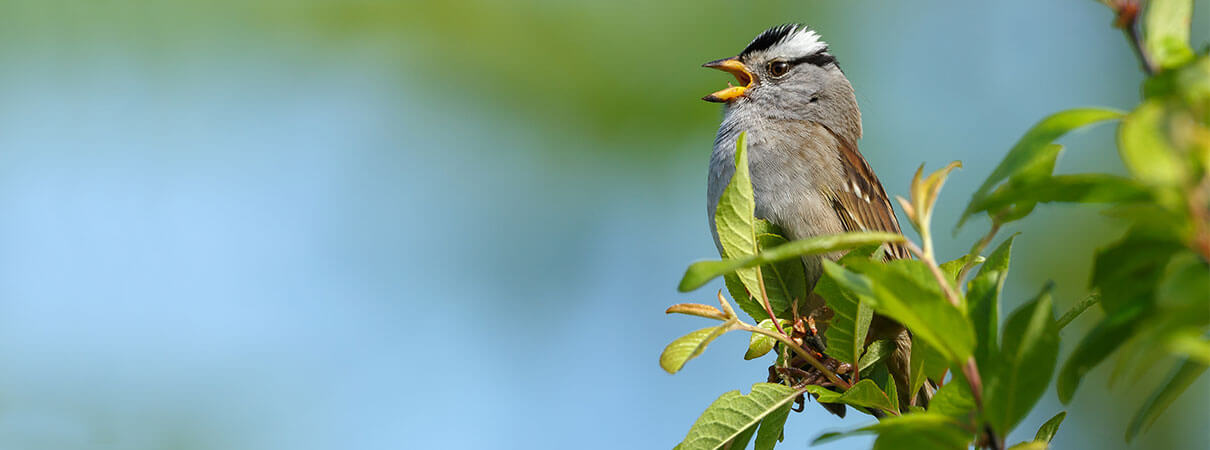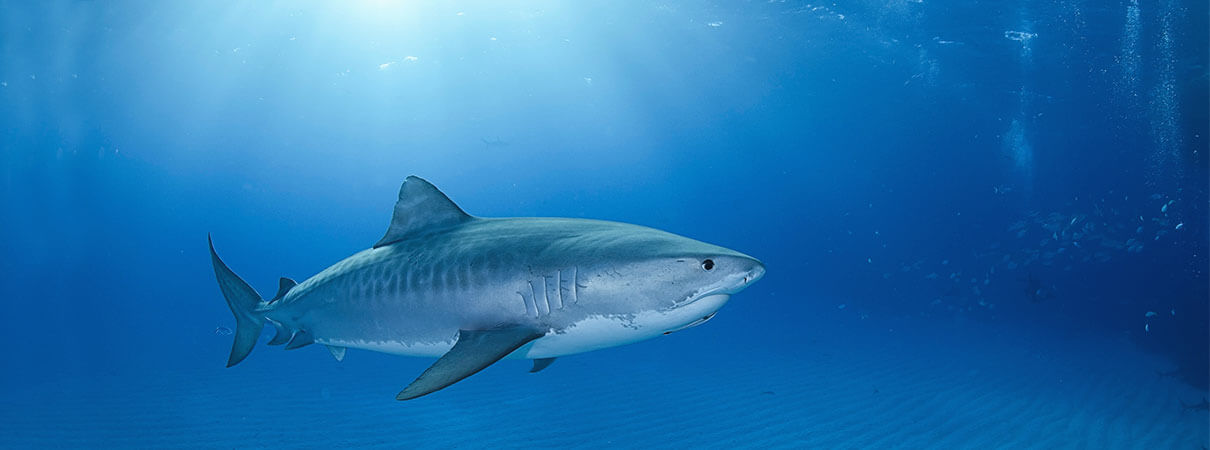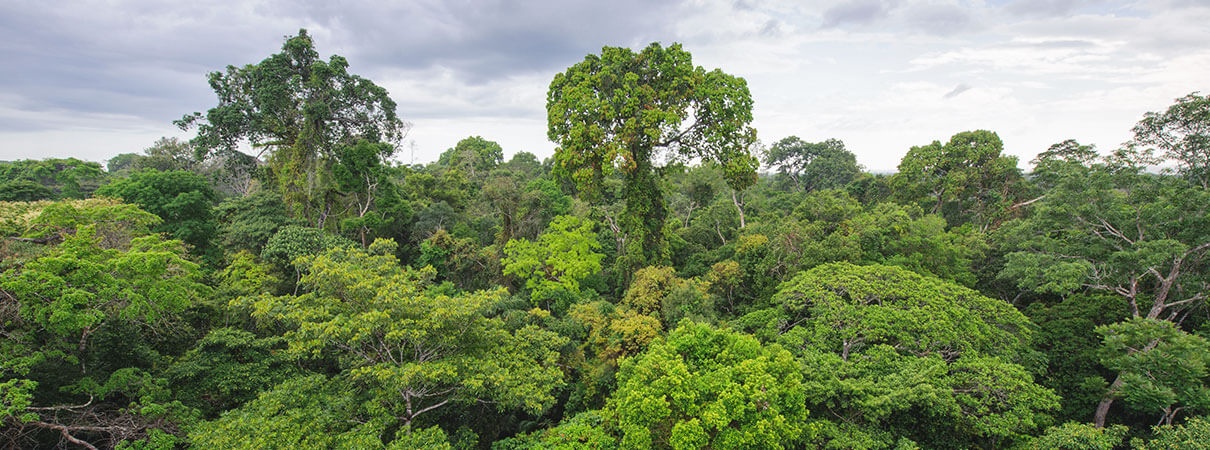Birds in Brief – Bird Conservation Updates, Winter 2019, Pt. 1
Welcome to Birds in Brief, ABC's triannual news round-up highlighting efforts to protect birds throughout the Western Hemisphere. This is the first part of our two-part Winter 2019-2020 brief. Click here to view the second post.
Neonics Pose Newly Reported Migration Threat

White-crowned Sparrow. Photo by Menno Schaefer/Shutterstock
Migratory birds are intoxicated and hobbled by neonicotinoid (or neonic) insecticides they encounter as they try to fuel up at stopovers, according to a study published in the journal Science in September. The new study documented sublethal effects of the neonic imidacloprid on migrating White-crowned Sparrows. Birds ingesting these neurotoxins ate less, built up less weight and fat, and were delayed in their departures, which could adversely affect the birds' survival and ability to reach wintering grounds.
Black-capped Petrel Tracked to Possible Nesting Ground

Black-capped Petrel. Photo by Alfred Yan
In the Summer 2019 issue of Bird Conservation magazine, we reported on an ABC-led, first-ever at-sea capture of Black-capped Petrels off North Carolina's Outer Banks. One of the white-faced morph birds tagged during this project was located September 29, 2019, near Valle Nuevo in the Dominican Republic, near a recently discovered nesting area. The bird's signal in this area is suggestive, but does not prove nesting.
To date, no one knows where the Black-capped Petrel's white-faced morph breeds. ABC worked on the North Carolina tagging project with the South Carolina Cooperative Fish and Wildlife Research Unit – U.S. Geological Survey and Clemson University; New Zealand seabird biologist Chris Gaskin; and Cape Hatteras-based pelagic tour operator Seabirding.
Tiger Sharks Prey on Migratory Birds

Tiger Shark. Photo by Martin Voeller/Shutterstock
A study published in the journal Ecology in May used “DNA barcoding” to decipher the identity of feathers found in the stomach contents of 100 Tiger Sharks (both dead sharks and those captured, tagged, and released). Eleven migratory species were identified, including Yellow-bellied Sapsuckers and House Wrens.
Many migrants succumb to the rigors of migration and bad weather, dying at sea. More research is required, but scientists wonder if migratory birds constitute an important food source at coastal shark nurseries, augmenting young sharks' diets of small fish and other marine life.
ABC Offsets Its Carbon While Supporting Guatemalan Forest Conservation

Tropical forest. Photo by Salparadis/Shutterstock
ABC forest conservation projects sequester vast amounts of carbon, but ABC wanted to go the extra mile. Calculating that its carbon footprint totals 155 tons, ABC purchased — through the Ecosphere carbon certification company — carbon credits from the Caribbean Conservation Coast, a project of ABC's Guatemalan partner FUNDAECO. This compensates for ABC's carbon emissions and supports FUNDAECO's conservation work.


















































